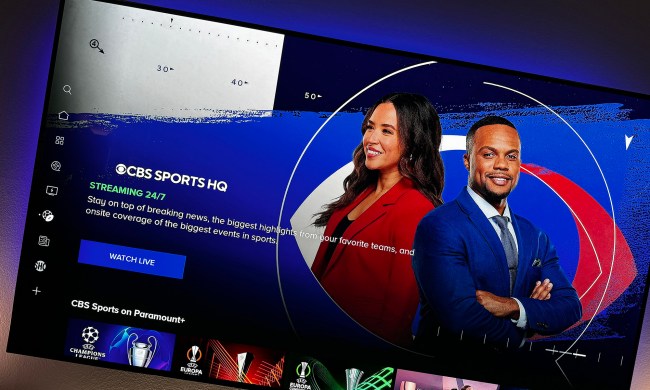Now that we finally know what Venu Sports is going to cost every month, it’s time to sit down and do some math. Because there’s a very real possibility that despite executives’ statements to the contrary, this new streaming service that combines the sports rights of Disney, Fox, and Warner Bros. Discovery could actually grow beyond how its creators intended.
First, some context. There are a million moving parts to all three companies involved in Venu Sports. Disney owns the ESPN family of networks, as well as ABC. Those are all included in practically every cable subscription, as well as nearly all linear streaming services in the U.S. (The low-cost Philo is the one that’s lacking any dedicated sports channels.) Disney also owns Hulu, which has the second-largest live streaming service in the U.S. Fox, meanwhile, has eschewed the dedicated streaming service route, but it does own the massively successful Tubi. And Warner Bros. Discovery is all over the traditional cable space, and streaming — and owns Max.
So it makes sense that the plan wasn’t to leech subscribers off, say, Comcast, or Cox, or YouTube TV, or Hulu with Live TV, or wherever. And that was the early party line from execs after Venu Sports was announced — though it didn’t do anything to stave off a lawsuit from Fubo, which alleges unfair business practices by the way the triad of companies work deals with competitors like Google TV. (I warned you there were a million moving parts here.)
But as streaming prices have continued to increase over the years — and the options look more and more like the inescapable cable bundles of old — those of us who pay the bills are looking for more and better options. And if you’re the sort who cares about live sports but doesn’t need a half-dozen channels with MCU movies every night, Venu Sports may make a lot of sense.
As always, it comes down to math, and a more subjective look at whether you’re actually making use of what you’re paying for.
Here’s how I think things could play out. Maybe not for a majority of folks, but this could be a real option for a lot of people.
Let’s use YouTube TV as our example, since it leads with more than 8 million subscribers. YouTube TV costs $73 a month. That’s $30 a month more than Venu Sports, or a full $360 a year. Among the hundred-or-so channels you’ll get on YouTube TV are your local broadcast channels — so that covers ABC and Fox, which are included in Venu Sports, and CBS and NBC, which aren’t. There’s also the ESPN family of channels. And FS1 and FS2. And the Turner networks, like TBS and TNT and truTV, which also are included in Venu. There may be some rogue sporting events that aren’t available on YouTube TV — Max has played host to the occasional exclusive soccer match. But those are still the exception, not the rule.
So let’s imagine that Venu Sports covers, say, 80% of what you also can get on YouTube TV — I’m making up that number; it might well be more. But it does so at a price that’s about 41% less every month. If you were to cancel YouTube TV, you’d lose out on CBS and NBC, but also save a bunch of money.

Here’s what I’d do: I’d rig up an over-the-air antenna. That’ll theoretically get you all your local broadcast channels — including CBS and NBC and the live sports they carry — for just the cost of an antenna, maybe a good networked tuner like Tablo, and the time and effort it takes to set things up right. (I highly recommend not just slapping an antenna in a window and hoping for the best.)
To reiterate: An OTA antenna is a one-time expense for hardware, and the work to install it — which really isn’t all that difficult if you’re any good at basic home-repair-type stuff. From there you can plug it into your TV if you just need a basic setup, or into something like Tablo (which is our current favorite) if you want to be able to watch on more than one device, or record anything over the air.
The broadcasts themselves are free, now and (probably) forever. And if you don’t need the 75 or so extra channels (at least) that come with a cable or streaming services and just care about sports, augmenting that free over-the-air feed with a sports-centric streaming service that’s 41% less expensive every month suddenly becomes a very tempting option.
Not that the execs are going to say that out loud anytime soon.



